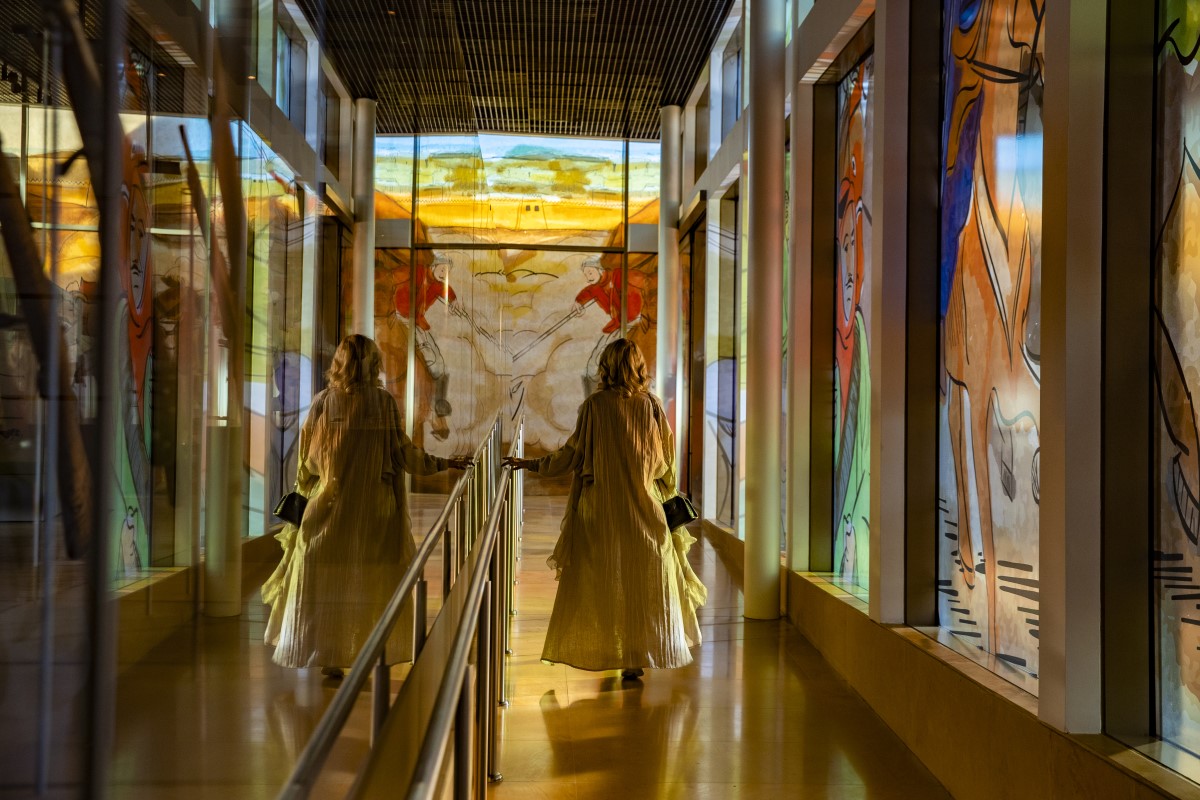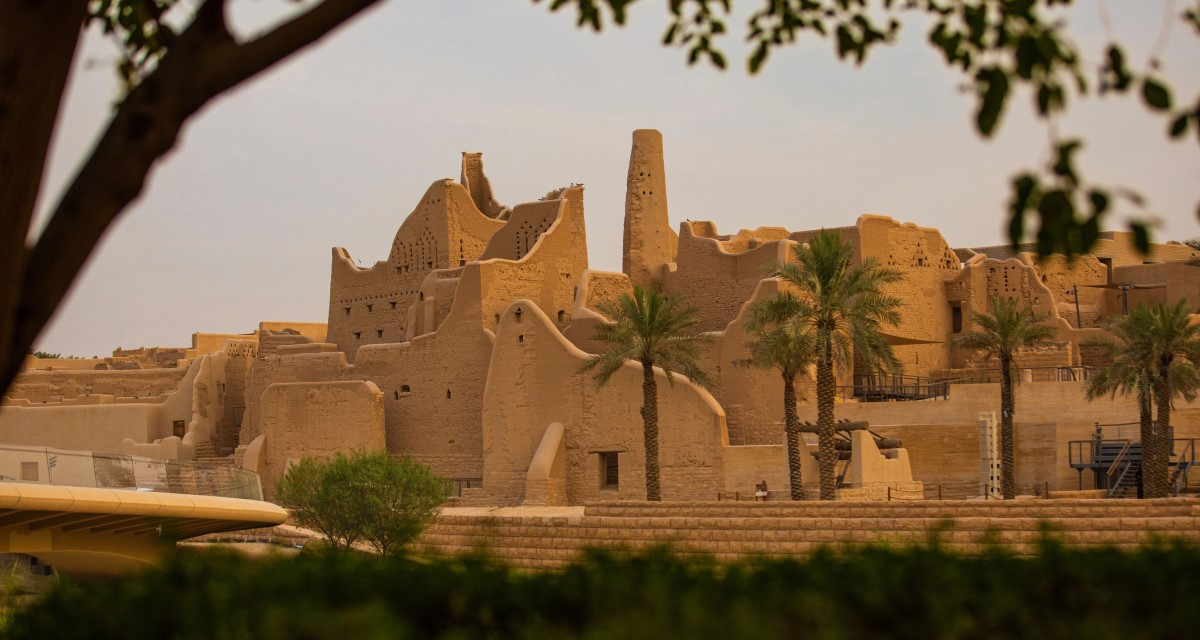(Promotional)
The UNESCO World Heritage Site At-Turaif is at the centre of a conservation project to restore the mud-brick district and celebrate its culture and identity
Words: Jonathan Whiley
One of the finest examples of a mud-brick district in the world, At-Turaif – the seat of governance for the First Saudi State – is a great source of pride for the Saudi people. Dating back to 1727, the original capital (Riyadh was designated the new capital in 1824) was built in the distinctive and traditional Najdi style.
A UNESCO World Heritage Site, it is now at the very heart of the Diriyah Gate Development Authority’s mission to restore Diriyah as the country’s cultural, historical and social capital.
In doing so, says Adam Wilkinson – DGDA’s chief of heritage and culture – there was a “fundamental choice”. “You can build a new city; in effect, 14 sq km out of conventional materials – or you can choose a traditional method that has been somewhat forgotten over time… mud! It is organic and requires the energy of the sun to dry it and the use of mud reflects upon the authenticity and culture of Diriyah. One of the interesting challenges is how do we distinguish between what is new and what is old. We are playing with that at the moment.”
A remarkable 180 million mud bricks only tell half the story though; Adam hopes that Diriyah will become a centre of expertise for archaeology and conservation. The At-Turaif site includes the remains of city walls, mosques and royal palaces and storytelling – including a year-round programme of events and performances – will bring its rich history to life.
“It’s all very well having all this amazing information, but Opened to the public in December, At-Turaif offers visitors the chance to see the majestic Salwa Palace – the former royal residence, known locally as “the ruling palace” – learn more about the birthplace of the nation at the Diriyah Gallery and experience 18th-century life with an immersive street life experience.
“The Nuzul theatre within At-Turaif is really special,” says Adam of the latter. “Actors in a specific space bringing together different aspects of life, it’s great fun and amplifies our origin story.
“If you came to At-Turaif without activation in it, it would be archaeological remains of specific interest to academiucs like me. But I’m one per cent of the visiting population. Things like Al-Nuzul allow us to communicate the importance of At-Turaif, in terms of identity, in a really engaging way to a much wider audience.
“There is something for everybody. For many visitors, Arabian horses are a main attraction and they can understand the importance of the Arabian horse in relation to At-Turaif and Saudi Arabia.”
The cultural activation and research has been assigned to the Diriyah Biennale Foundation – “it seemed rather more appropriate for a Saudi to be looking after the heritage of the royal family” – but the authority on heritage within Diriyah’s 14 sq km site sits with Adam.

“The depth of the brief is really to focus on conservation and archaeology in Diriyah has come under King Salman and has accelerated massively under vision 2030 Diriyah. A lot of these areas have yet to be looked at in depth, and that is where the fun starts. It gives us a chance to provide the raw information to inform the development and helps us break down some of those understandings of Saudi Arabia. Imagery put across in the west of it being a nation of nomads; whereas the archaeology tells us something very different indeed. We have had a settled society in this area for more than 700 years.”
His team is 95 per cent Saudi – and 60 per cent female – and they all share an ambition to lead the rapid change happening across the country by understanding the past to shape the present and influence the future.
Heritage informs every aspect of Diriyah; each of the 38 luxury hotel brands that will open have to adhere to the traditional mud-brick exterior aesthetic for example. “The bit about the restriction is referring to modern architects – force them to play by our rulesrather than giving them a free hand and you get a more creatively relevant response,” says Adam.
Speed remains the biggest challenge – especially given the time involved in rigorous conservation – but the scale and ambition is exciting.
“I think it’s fair to say that there is nowhere in the world at the moment taking heritage as seriously as Saudi Arabia and putting its money where its mouth is in the same way either. Lots of people have great protection systems for their heritage, but all too often funding is their biggest challenge.
“In Saudi it’s about playing catch-up; to recapture that and look at how it can become relevant again in modern day Saudi society.”







